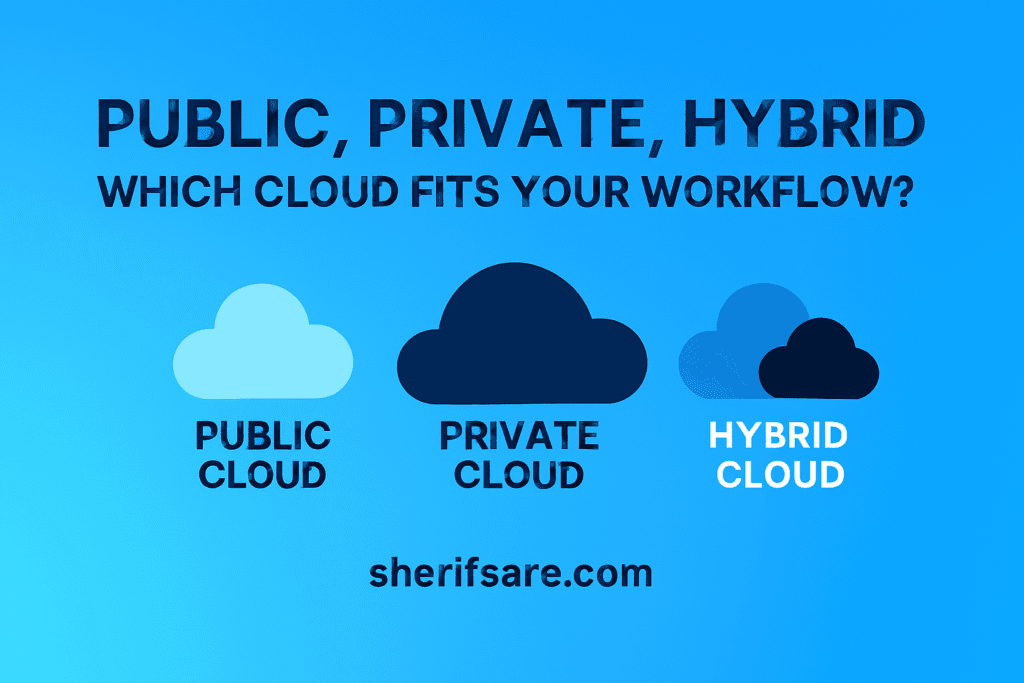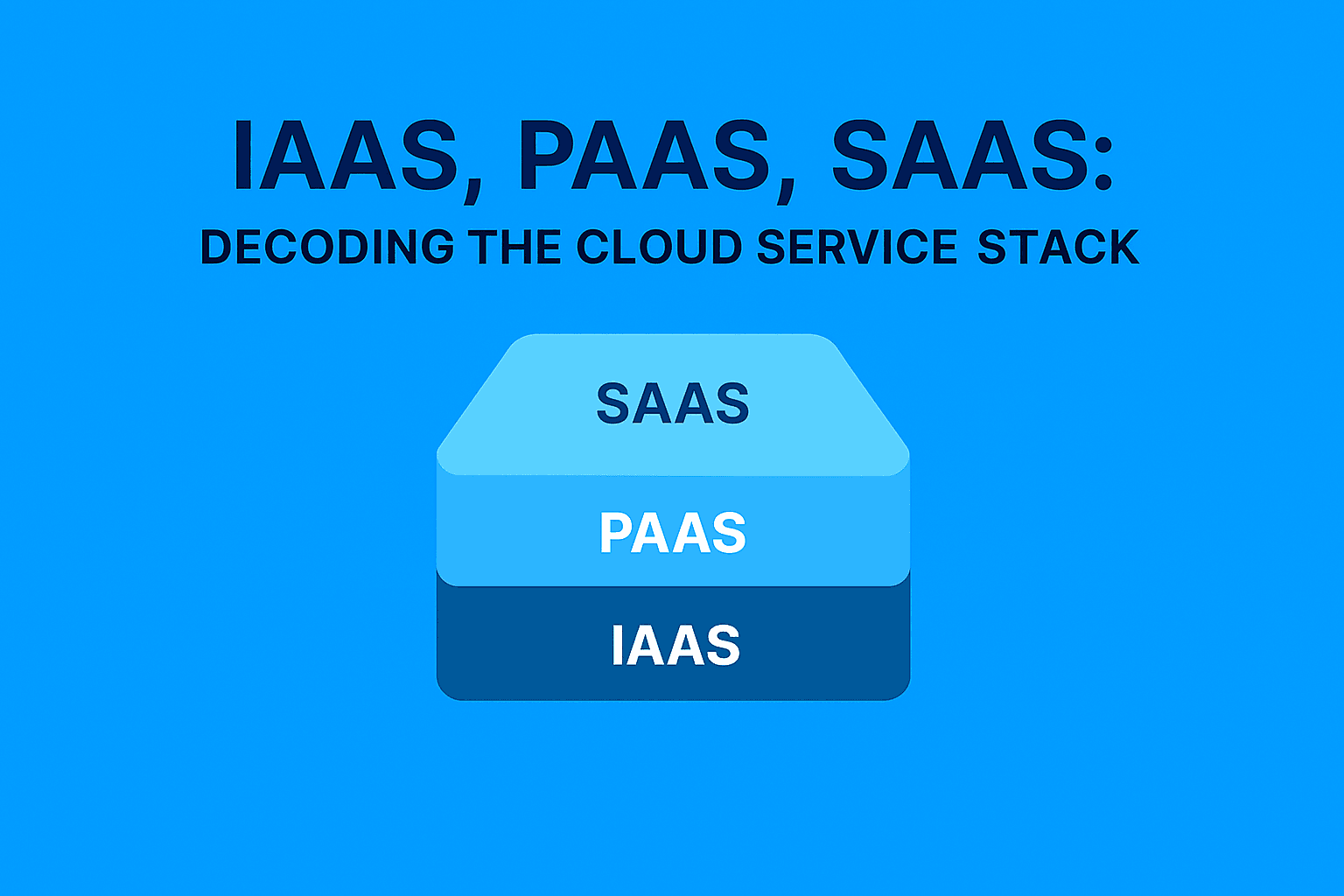Now that we’ve unpacked what cloud computing is, it’s time to dive into how it’s delivered. Not all clouds are created equal. Choosing the right cloud deployment models can make or break your scalability, security, and cost-efficiency.
The Three Cloud Deployment Models
1. Public Cloud
- Hosted by third-party providers like AWS, Azure, or Google Cloud.
- Resources shared across multiple users (multi-tenancy).
- Best for startups, developers, and scalable web apps.
- Pros: Low upfront cost, high scalability, easy setup.
- Cons: Less control over infrastructure, potential compliance concerns.
2. Private Cloud
- Dedicated infrastructure for a single organization.
- Can be hosted on-premise or by a third-party.
- Best for enterprises with strict security or regulatory needs.
- Pros: Full control, enhanced security, custom configurations.
- Cons: Higher cost, complex setup and maintenance.
3. Hybrid Cloud
- Combines public and private clouds, allowing data and apps to move between them.
- Best for businesses needing flexibility and control.
- Pros: Balance of scalability and security, optimized workloads.
- Cons: Requires careful integration and management.
What’s Next?
Choosing the right cloud model depends on your goals, budget, and compliance needs. In our next post, we’ll explore cloud service models; IaaS, PaaS, and SaaS; and how they shape your tech stack.




Pingback: Cloud Computing 101: The Future Floats Above Us
Pingback: IaaS, PaaS, SaaS: Decoding the Cloud Service Stack